The potential new mineral was discovered in a chunk of “fossilized lightning,” or fulgurite, that was left behind when a tree in Florida was struck by lightning.
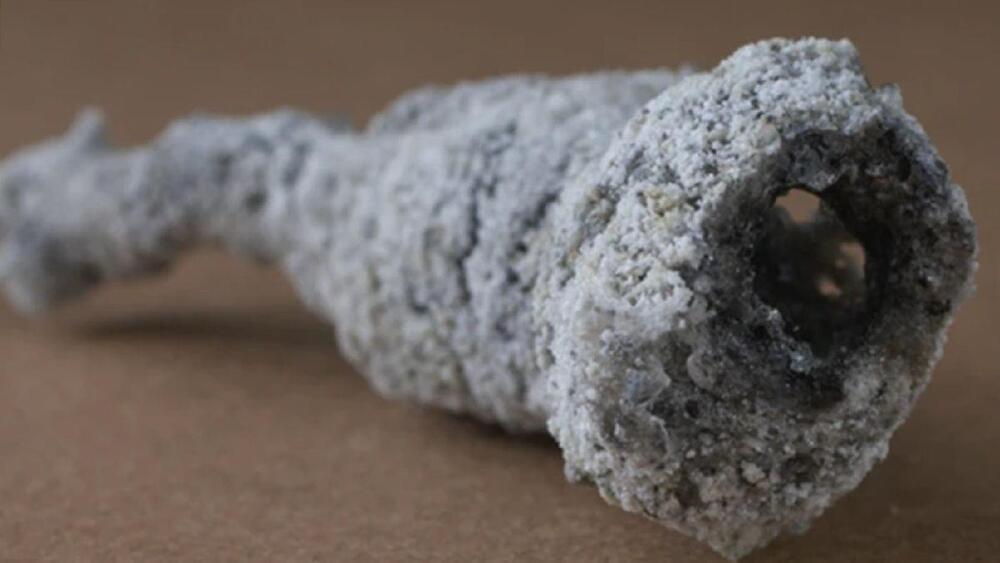


Researchers named the newfound species Tripedalia maipoensis, after Mai Po Nature Reserve in Hong Kong, where they discovered the transparent critter.
Suppose a large inbound asteroid were discovered, and we learned that half of all astronomers gave it at least 10% chance of causing human extinction, just as a similar asteroid exterminated the dinosaurs about 66 million years ago. Since we have such a long history of thinking about this threat and what to do about it, from scientific conferences to Hollywood blockbusters, you might expect humanity to shift into high gear with a deflection mission to steer it in a safer direction.
Sadly, I now feel that we’re living the movie “Don’t look up” for another existential threat: unaligned superintelligence. We may soon have to share our planet with more intelligent “minds” that care less about us than we cared about mammoths. A recent survey showed that half of AI researchers give AI at least 10% chance of causing human extinction. Since we have such a long history of thinking about this threat and what to do about it, from scientific conferences to Hollywood blockbusters, you might expect that humanity would shift into high gear with a mission to steer AI in a safer direction than out-of-control superintelligence. Think again: instead, the most influential responses have been a combination of denial, mockery, and resignation so darkly comical that it’s deserving of an Oscar.
Read More: The Only Way to Deal with the Threat from AI.
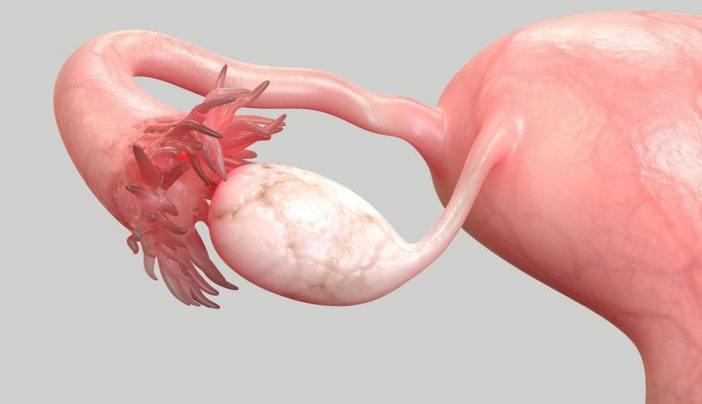
A woman could have her fallopian tubes removed for any number of reasons. Sometimes, it’s necessary to treat an ectopic pregnancy or to resolve an infection caused by pelvic inflammatory disease. In other cases, it’s done as a form of permanent birth control.
But a growing body of evidence suggests that the distal fallopian tube — or flower-shaped section located nearest the ovary — is the site of many cases of high-grade serous ovarian cancer, the most common type of ovarian cancer and one of the most aggressive.
Research also suggests that an opportunistic salpingectomy — the complete removal of the fallopian tubes during an unrelated pelvic surgery — could help reduce the chances of one day developing ovarian cancer.
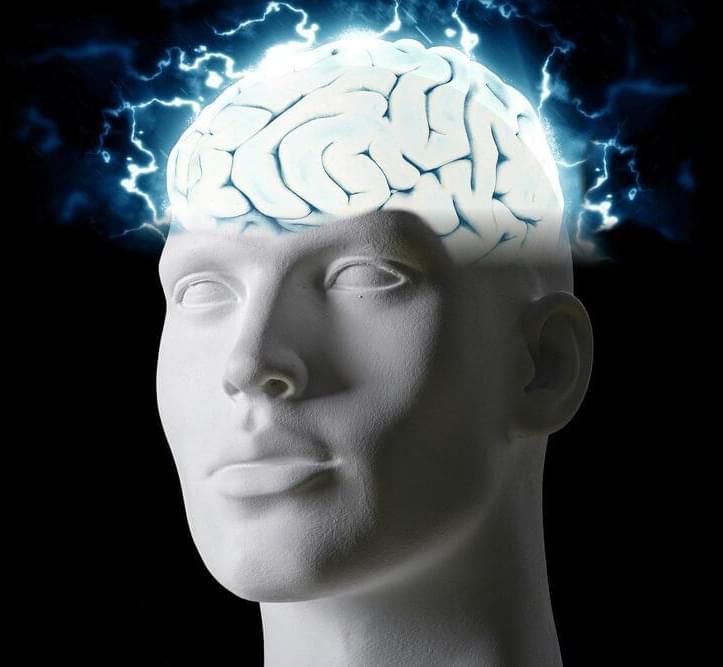
New research shows that rhythmic brain activity is key to temporarily maintaining important information in memory. Researchers at the Del Monte Institute for Neuroscience at the University of Rochester published these findings today in Current Biology that found brain rhythms—or patterns of neuronal activity—organize the bursts of activity in the brain that maintain short-term connections.
“The thought has been that the temporary storage of important information is linked to neurons in the brain that just fire away, retaining that information until it is no longer needed. Recent research has shown that it might not be such persistent brain activity that matters most for the temporary storage of information, but rather a short-term strengthening of the connections between neurons that are representing the information. Our research shows that brain rhythms are organizing these transient bursts over time,” said Ian Fiebelkorn, Ph.D., assistant professor of Neuroscience and senior author of the study.
“The rhythmic coordination of brain activity over time is important because it allows overlapping populations of neurons to store different pieces of information at the same time.”

All land animals have an Arc gene in their brain. This gene serves as the “master regulator” that determines how neuronal synapses (i.e., neuronal connections) form in the brain.
Two independent research groups [1, 2] have published their findings in the prestigious academic journal, Cell, in 2018 — showing that Arc behaves like viruses and has ancestral roots in retroviruses.
In a sense, the Arc gene moulds and sculpts the brain connections — forming the mind — making amphibians think like amphibians, birds like birds, reptiles like reptiles, monkeys like monkeys, and humans like humans.
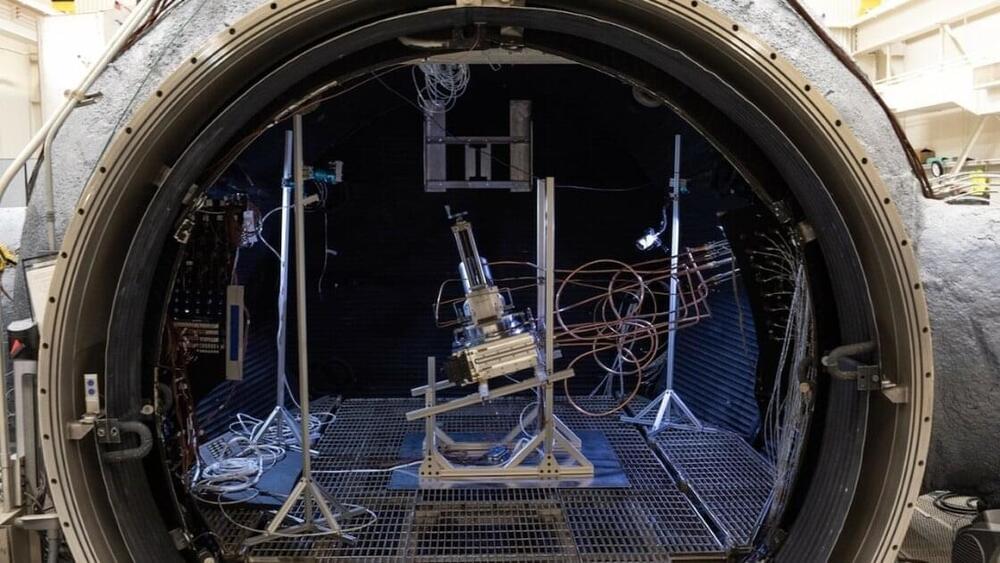
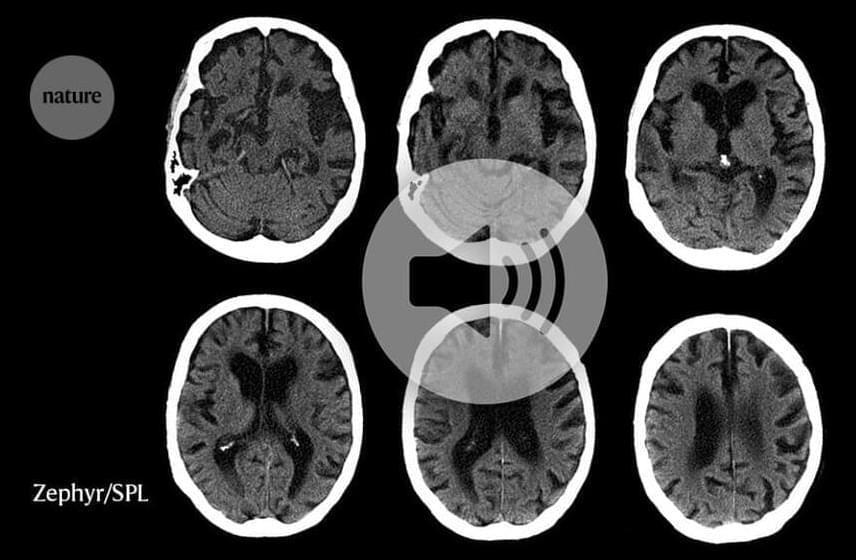
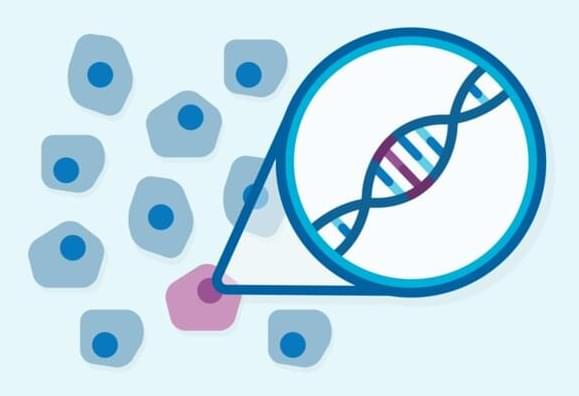
A team of researchers at the Broad Institute of MIT and Harvard has developed a new approach to next-generation sequencing that detects genetic mutations within single molecules of DNA.
The method, called Concatenating Original Duplex for Error Correction (CODEC), makes next-generation sequencing about 1,000 times more accurate and opens up the possibility of a range of applications including detecting tiny numbers of cancer mutations in blood samples, monitoring cancer during and after treatment, and identifying mutations underlying rare diseases, all at relatively low cost. The study appears today in Nature Genetics.
“The beauty of this approach is that it’s not an overhaul of how sequencing is done,” said Viktor Adalsteinsson, senior author on the study and director of the Gerstner Center for Cancer Diagnostics and leader of the Blood Biopsy Team at the Broad. “It’s not something that requires new instrumentation or capital investment —it’s a simple set of steps added into existing sample preparation workflows to improve the accuracy of DNA sequencing.”